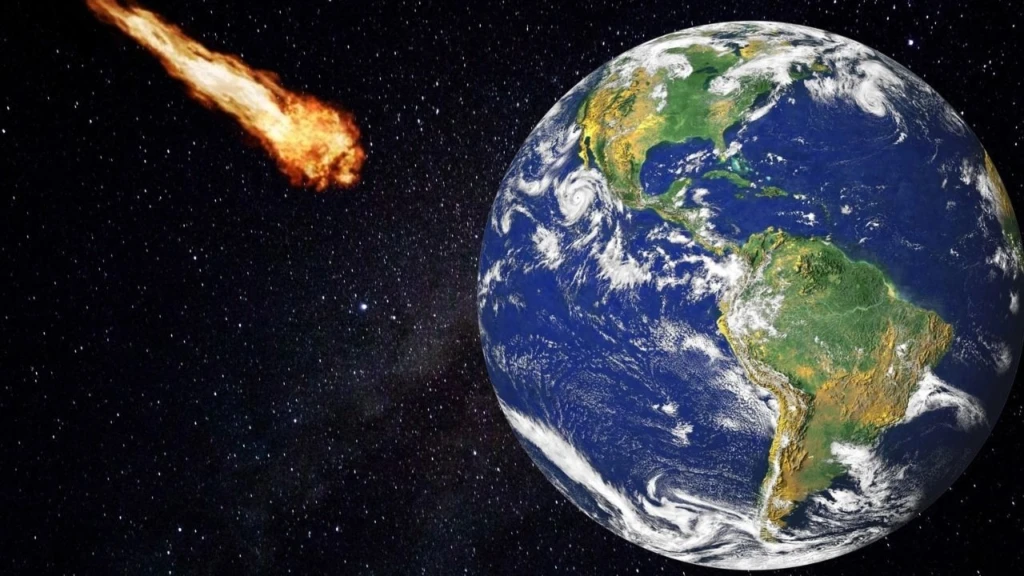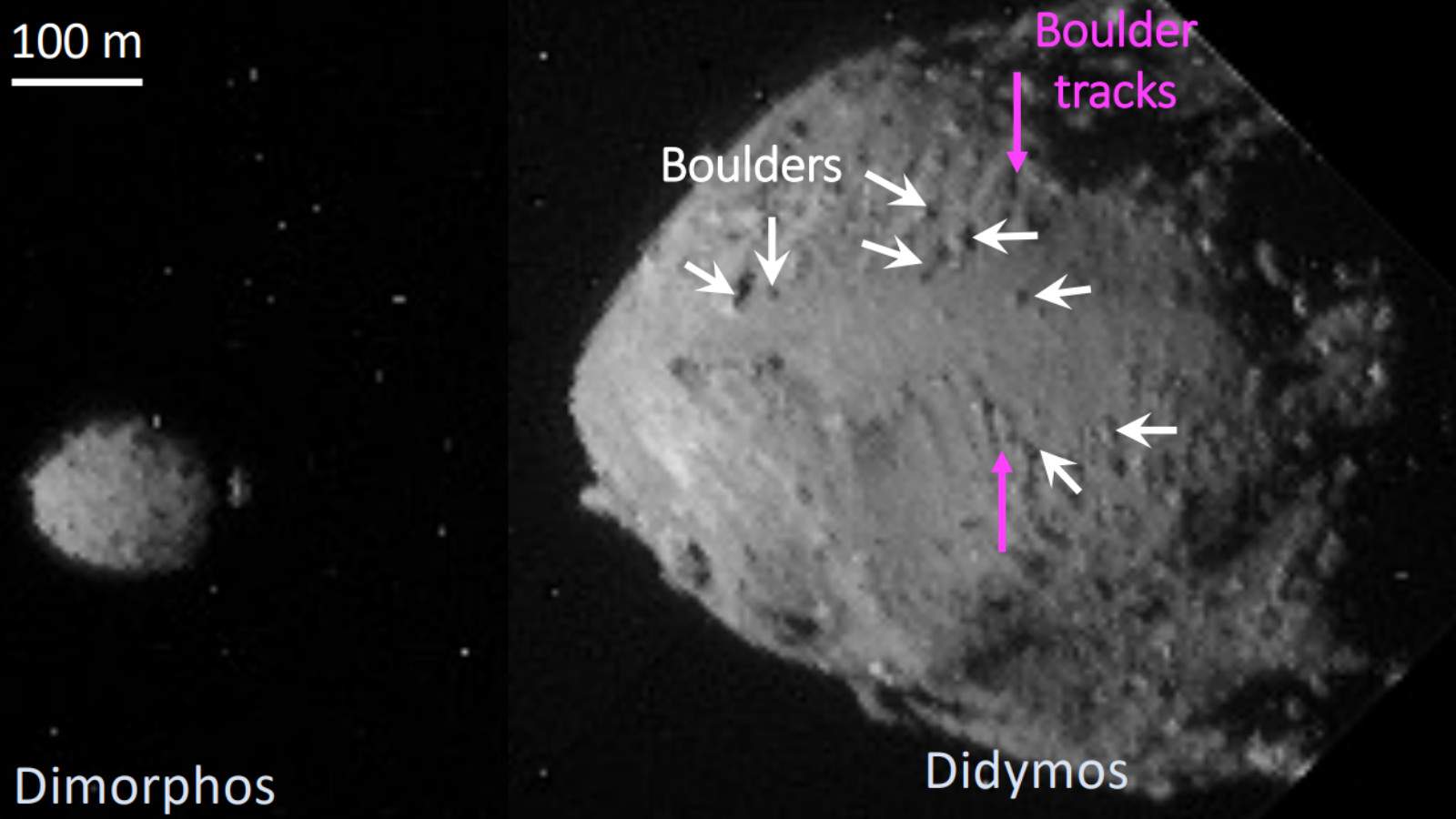16
Sep
Asteroid Racing Towards Earth at 104,761 KMPH Today, Reveals NASA | Key Details | Republic World
NASA Space Technology Published 22:17 IST, September 15th 2024 Asteroid Racing Towards Earth at 104,761 KMPH Today, Reveals NASA | K...



 Hot Deals
Hot Deals Shopfinish
Shopfinish Shop
Shop Appliances
Appliances Babies & Kids
Babies & Kids Best Selling
Best Selling Books
Books Consumer Electronics
Consumer Electronics Furniture
Furniture Home & Kitchen
Home & Kitchen Jewelry
Jewelry Luxury & Beauty
Luxury & Beauty Shoes
Shoes Training & Certifications
Training & Certifications Wears & Clothings
Wears & Clothings








